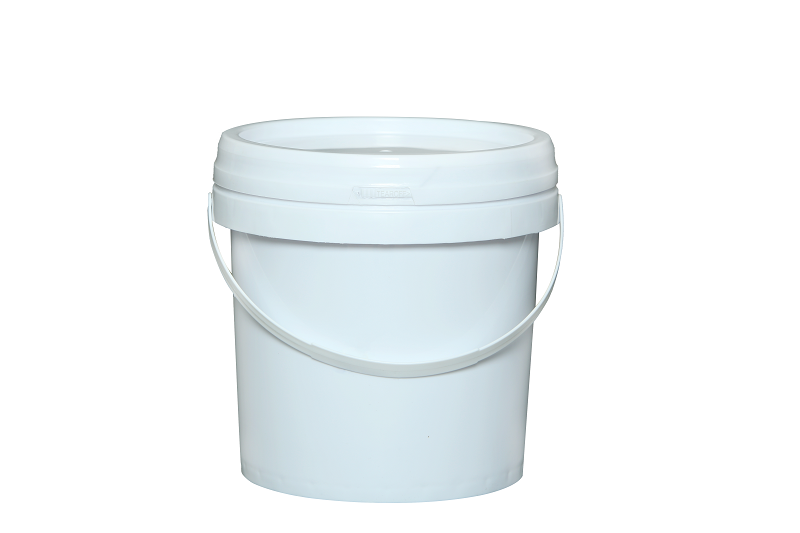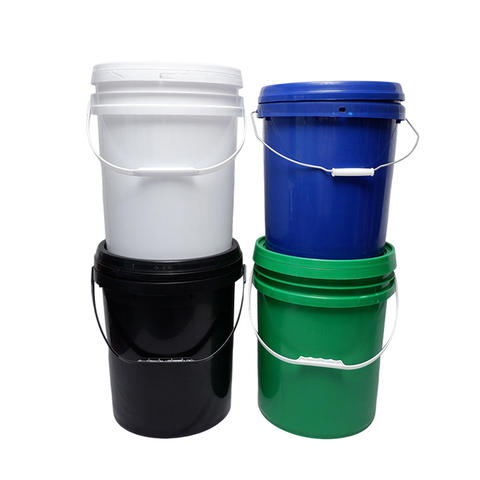
Lorem ipsum dolor sit amet, consectetur adipiscing elit, sed do eiusmod Lorem ipsum dolor sit amet consectetur adipiscing elit, sed do eiusmod lorem ipsum

What is the best packaging bucket for multi-purpose storage needs?
Umfassende Analyse der Produktion von Vogelfuttereimern im Jahr 2024, die Materialien, Herstellungsverfahren, Sicherheitsstandards und Nachhaltigkeitspraktiken umfasst. Ein unverzichtbarer Leitfaden für Fachleute und Hersteller.

Innovation in der Fertigung: Lösungen für die Lagerung gefährlicher Materialien
Startseite Inhaltsverzeichnis Einleitung In der heutigen Produktionslandschaft ist die ordnungsgemäße Lagerung von Gefahrstoffen für die Sicherheit und die Einhaltung von Vorschriften von entscheidender Bedeutung.

Eimer reinigen: Der ultimative Leitfaden für makellose Werkzeuge
Startseite Inhaltsverzeichnis Einleitung Die Sauberkeit Ihrer Reinigungsgeräte ist ebenso wichtig wie deren Verwendung. In diesem umfassenden











